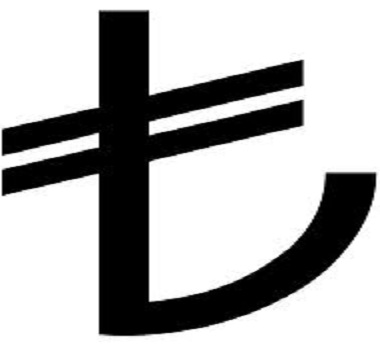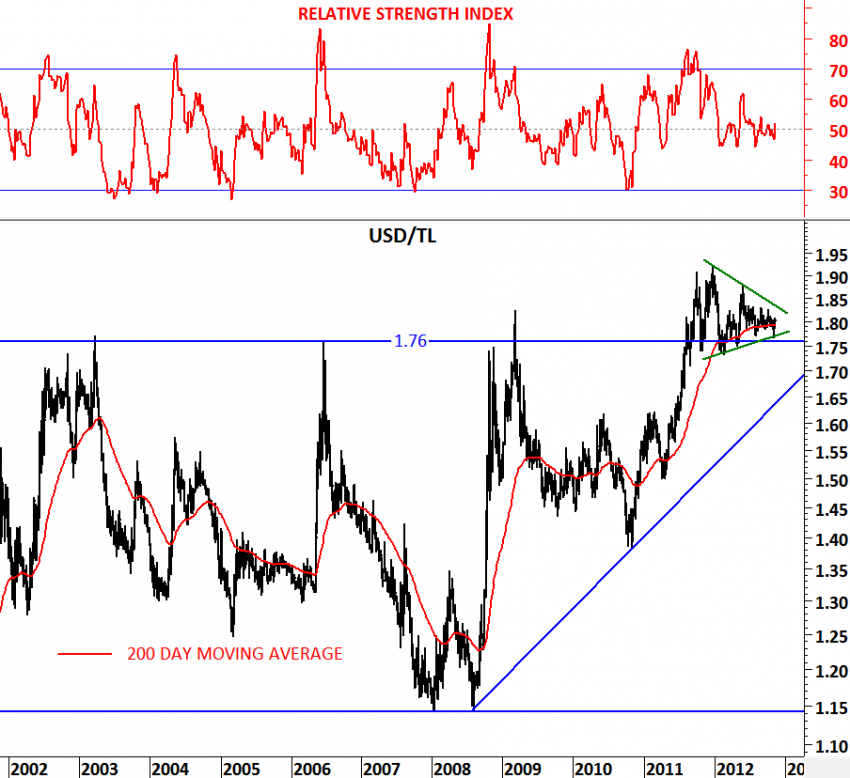USD/TL
It’s been an exciting period watching global economies constantly trying to devalue their currencies with the aim of increasing demand for their goods and services. Financial media is covering this under “currency wars”. Weak currencies are good for economies because countries will be able to export more… Though let’s not forget that there is a fine balance between a weak currency helping the trade balance and a weak currency triggering a currency crisis.
Turkish lira enjoyed a stable decade when compared with 1990s. Decade-long sideways consolidation between 1.15 and 1.75 levels helped the economy and reversed the so-called dollarization of the economy. High inflation led to single digit inflation and U.S. dollar deposit accounts that were held at banks were switched to Turkish Lira deposits. However, with an overvalued currency Turkey started experiencing widening trade deficit. In the beginning of 2011, USD/TL was standing at 1.50 levels. Over the past two years USD/TL moved higher and breached above the decade-long consolidation range. Upper boundary of the consolidation range was at 1.76. This level acted as strong resistance for more than a decade. After the breakout above strong resistance in the last quarter of 2011, 1.76 became strong support (resistance becomes support and vice versa). With the support of central banks over the past two years, Turkish Lira remained weak against the U.S. dollar and consolidated between 1.76 and 1.90.
Given that the volatility reached a 6 month low — a technical condition that usually suggests a strong trend in the near term, breakout above the last one year’s consolidation range can actually do more harm to the economy than supporting the trade balance. Turkish lira can experience a fast devaluation if we see a breakout above 1.83 levels in the short-term.
From a technical analysis point of view, these type of consolidations are usually followed by a surge in volatility and a strong directional movement. In the following weeks/months we need to watch USD/TL with the possibility of a breakout. Strong support is at 1.76 and resistance is at 1.83.






















